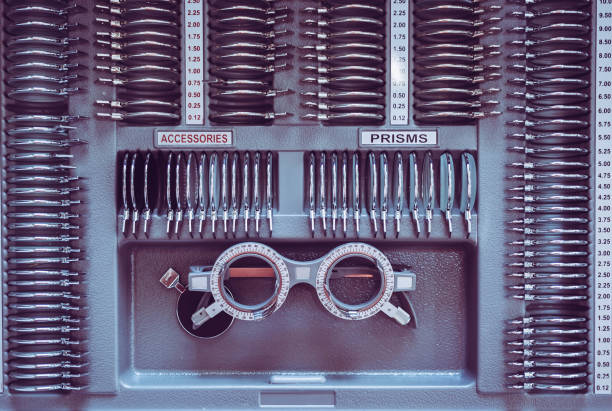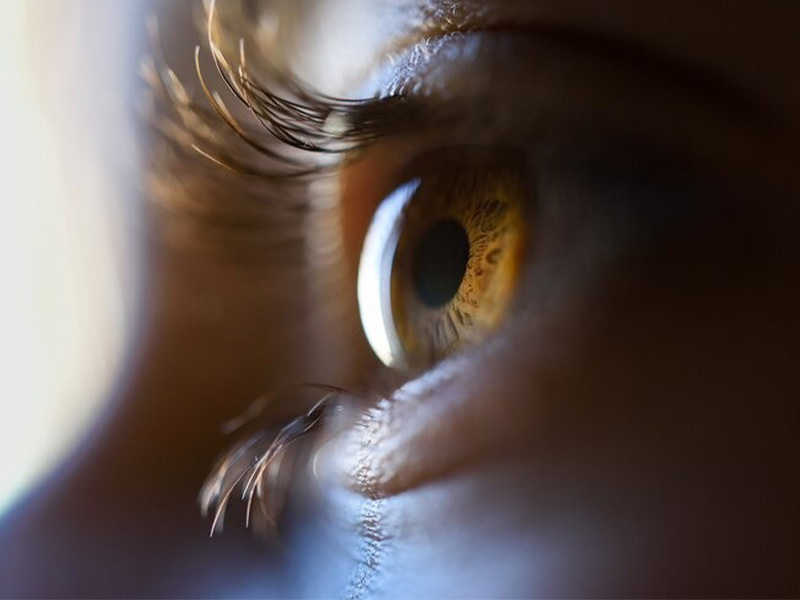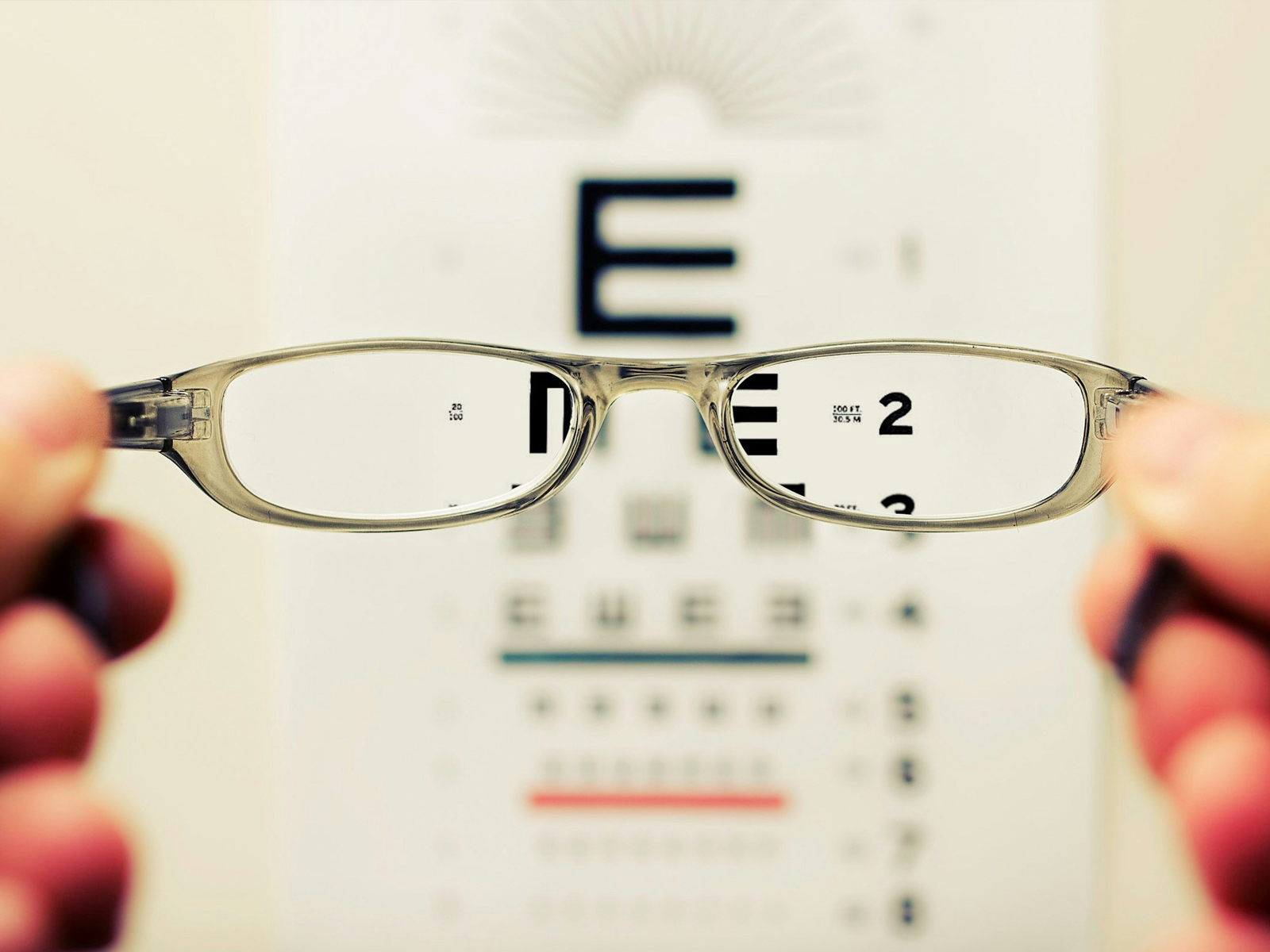
What Glasses Suit My Face? Best Frames for Your Face
February 27,2023

What is Boho Style? A Comprehensive Guide to Boho-Chic Fashion
February 13,2025

Virtual Glasses Try On - Find Your Perfect Pair Online
April 02,2024

UV Protection Glasses VS. Blue Light Glasses - Vooglam
July 20,2023

Newest Style Modern Trendy Mens Glasses | Vooglam
March 01,2024

Stylish Reading Glasses: Blending Fashion with Functionality
February 16,2023

What are photochromic lenses & glasses?
September 22,2023

Brown Eyes: The Beauty of the Most Common Hue
September 01,2024

The chubby face glasses for round face female
August 02,2023

What are prisms in eyeglasses?
March 20,2023

What are Bifocal Lenses? - Vooglam
April 14,2023

How to Read Your Eyeglass Prescription?
March 11,2023
What is 20/40 Vision? Is It Good or Bad?
During an eye test, you usually get results like 20/20, 20/40, or 20/100. But what do these numbers really mean? Specifically, what is 20/40 vision—and should you be worried if that’s your result?
Well, the answer isn’t always cut and dried. Depending on your lifestyle, job, and how you feel about your eyesight day to day, 20/40 vision might be perfectly fine—or it could signal that some correction might help. Let’s break it down.

20/40 Vision Meaning Explained
To understand the 20/40 vision, you need to know what the numbers represent. Visual acuity tests measure how clearly you see compared to the average person.
In this case, the first number—20—is the distance you're standing from the eye chart (usually 20 feet). The second number—40—means that what you see clearly at 20 feet, a person with normal vision can see just as clearly from 40 feet away.
So, what does 20/40 vision mean in simple terms? It means your vision is not poor, but it’s not quite sharp, either. It’s below average, but not drastically so.
Is 20/40 Vision Bad?
That depends on your needs. Many people with 20/40 vision function just fine without correction. For everyday tasks like reading, walking, or using a computer, this level of vision is manageable. In fact, in most U.S. states, 20/40 vision meets the minimum requirement to drive without glasses or contacts.
So, is 20/40 vision bad? Not really. It’s not ideal, but it’s far from serious. However, if you’re experiencing eye strain, fatigue, or headaches, mild correction—like glasses or contacts—can make life a whole lot more comfortable.
How Does 20/40 Vision Compare?
Let’s put it in perspective. 20/20 vision is considered normal—what the average person should see. If you have 20/40 vision, your sight is half as sharp: you need to be 20 feet away from something that someone with normal vision can see clearly from 40 feet away.
Now, imagine 40/20 vision (though rare)—this person can see at 40 feet what others need to be 20 feet away to see. That’s an exceptional vision.
Bottom line: 20/40 isn’t great, but it’s not terrible either. It's just a mild reduction in visual clarity.
What Causes 20/40 Vision?
Most commonly, 20/40 vision stems from refractive errors like:
· Nearsightedness (myopia)
· Farsightedness (hyperopia)
· Astigmatism
These conditions cause light to focus incorrectly on the retina, blurring your vision.
Age is another big factor. As you get older, your eyesight often naturally declines—even if you had perfect vision in your younger years.
Can 20/40 Vision Be Corrected?
Absolutely. In most cases, 20/40 vision is easily corrected with:
· Contact lenses
· Refractive surgery (like LASIK)
With the right prescription, many people with 20/40 vision can quickly achieve 20/20 or better.
So, what is 20/40 vision, and what does it mean for my life?—rest easy. It’s not a deal-breaker. Many people don’t even realize their sight is off until they get an eye exam.
Final Thoughts
To wrap it up, 20/40 vision means your sight is slightly below average—but still good enough for most tasks, including driving in many regions. It’s not considered bad, and it’s very manageable.
If you’ve been told you have 20/40 vision, there’s no need to stress. Talk to your eye doctor about whether corrective lenses could improve your comfort and clarity. Now that you know what 20/40 vision really means, you’re in a better position to take care of your eyes.

Vooglam Blog
Vooglam blog shares professional knowledge about eyeglass frames, lenses, etc., and provides help when purchasing and using eyewear products. At the same time, Vooglam focuses on fashion glasses to interpret the trend of glasses for you.

How Far Can the Human Eye See? - Vooglam
From detecting minimal objects to viewing extensive terrain: The human eye’s exceptional reach. The human eye represents an exceptional organ capable of extraordinary vision. A common question many pe
May 08,2025
Dominant Eye Test: How to Determine Your Dominant Eye
People Usually Think of Vision Terms as the Clarity of Images and Their Natural Color with Precise Focus. But there’s another aspect of sight that often goes unnoticed—the dominant eye. Just as one ha
May 08,2025
What is 20/40 Vision? Is It Good or Bad?
During an eye test, you usually get results like 20/20, 20/40, or 20/100. But what do these numbers really mean? Specifically, what is 20/40 vision—and should you be worried if that’s your result?Well
May 08,2025
What is a Diopter? Eye Prescription & Vision
If you’ve ever had an eye exam or shopped for magnifying lenses or reading glasses, you’ve likely come across the term diopter. But what is a diopter, and how does it relate to your vision?Understandi
May 08,2025

































